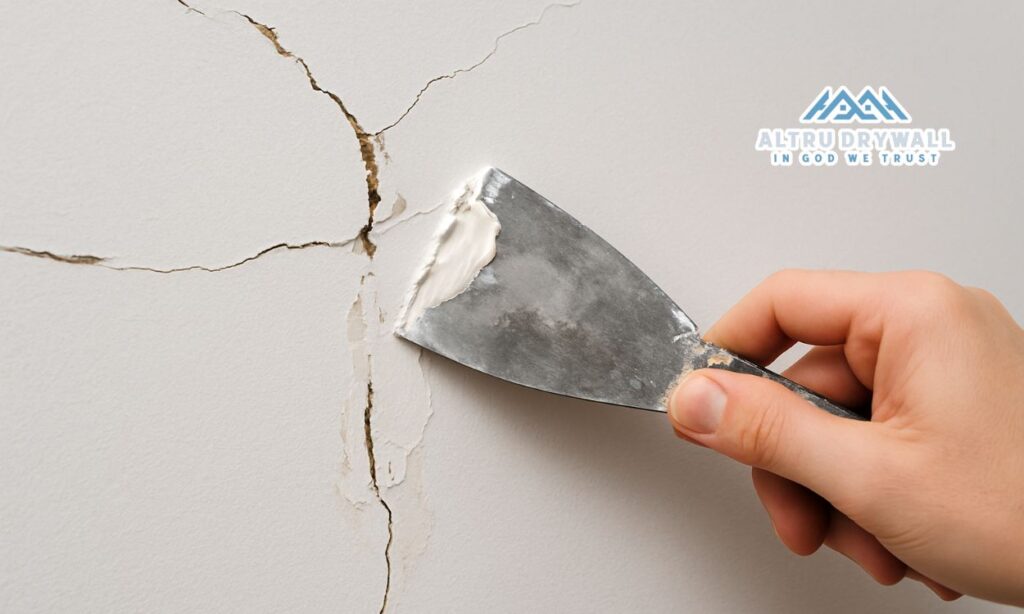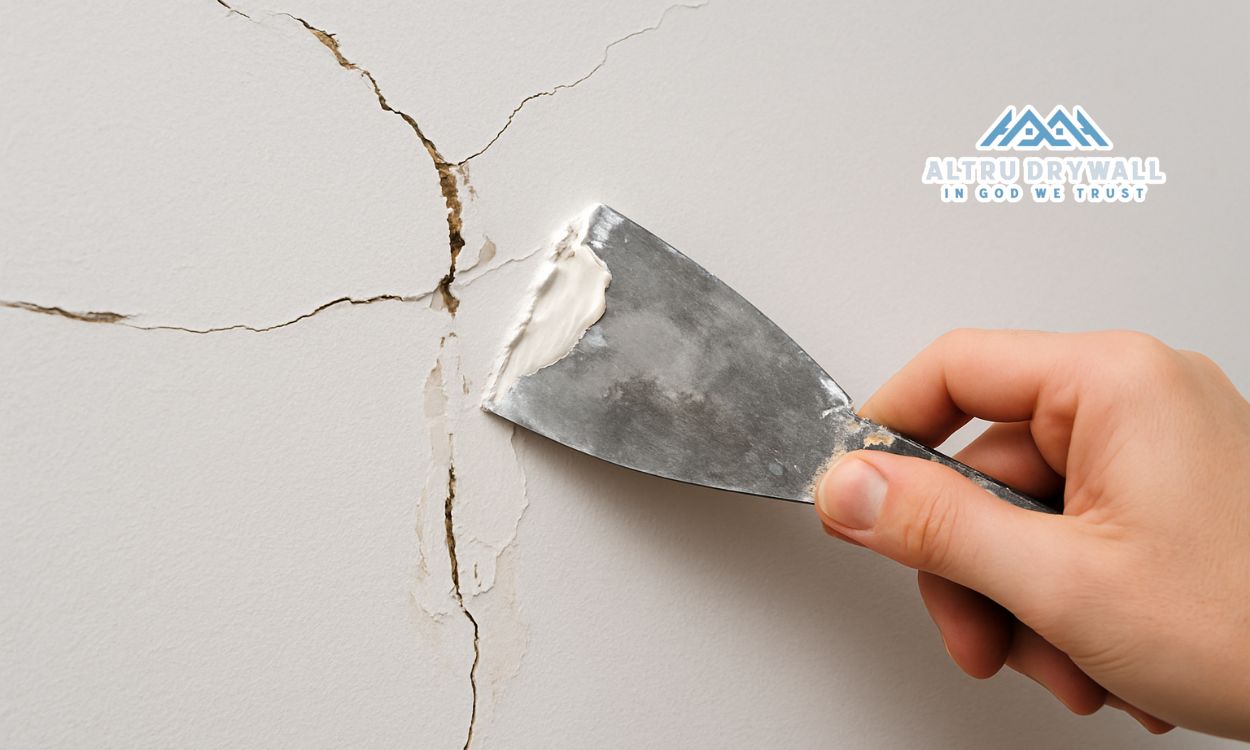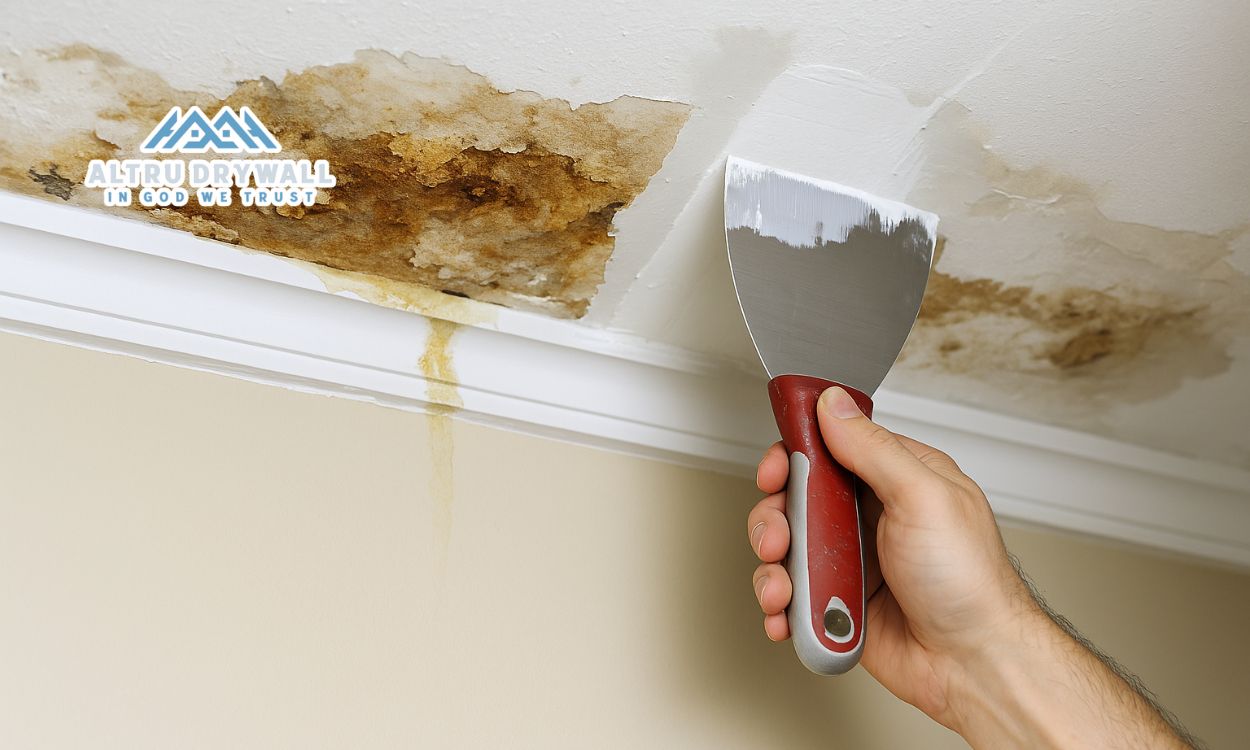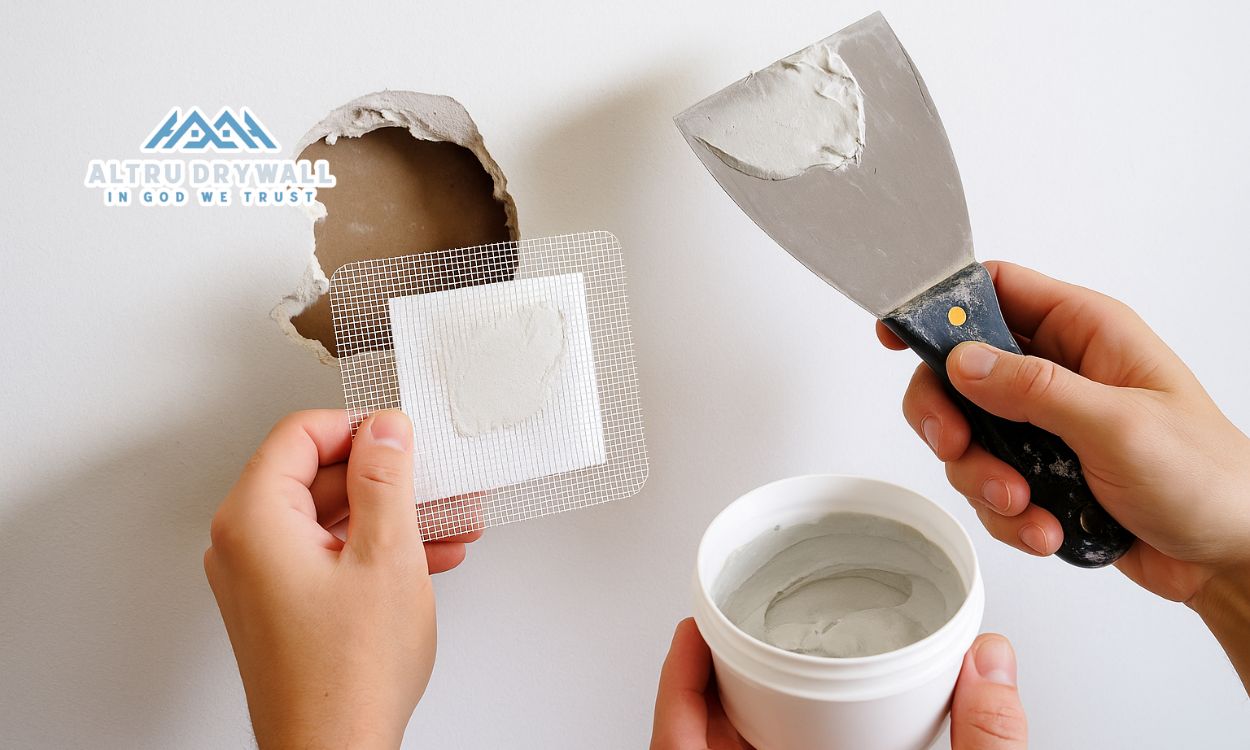If you’ve noticed unsightly lines creeping across your walls or ceiling, you’re likely asking, “why is my drywall cracking?” Cracks not only mar the appearance of your home but can signal underlying issues—from simple settlement to serious structural problems. In this article, we’ll explore common drywall problems, explain the drywall crack causes, and share fixing drywall cracks step-by-step so you can keep your surfaces strong and seamless.
Understanding Drywall & Its Vulnerabilities
Drywall, or gypsum board, is prized for its ease of installation and smooth finish. Yet, it’s not impervious: gypsum core sandwiched between paper faces can crack when stressed. Knowing the types of cracks and why they occur is the first step toward prevention and repair.
Hairline Cracks in Drywall
What They Look Like: Fine, pencil-thin lines, often following seams or corners.
Causes:
- Drying shrinkage
- Minor settling
- Thermal expansion
Fix:
- Widen crack with a utility knife
- Apply fiberglass mesh tape
- Cover with thin layers of joint compound and feather edges
- Sand smooth and repaint
Drywall Stress Cracks
What They Look Like: Wider, jagged cracks near windows, doors, or high-traffic areas
Causes:
- Structural movement
- Vibrations
- Weak seams
Fix:
- Re-tape seams with joint tape
- Apply multiple coats of compound
- Add control joints or flexible caulk as needed
Cracks in Drywall Ceiling
What They Look Like: Radiating cracks near light fixtures or seams
Causes:
- Gravity stress
- Moisture issues
- Poor installation
Fix:
- Repair leaks
- Re-secure panels
- Tape, mud, sand, and prime
Structural Cracks in Walls
What They Look Like: Vertical or diagonal cracks wider than 1/8″ Causes:
- Foundation settlement
- Load-bearing stress
Fix:
- Consult a structural expert
- Rebuild damaged section
- Reinforce framing before installing new drywall
Drywall Crack Repair Tips
- Use setting-type joint compound
- Apply thin layers
- Sand between coats
- Maintain indoor humidity between 30–50%
Prevent Drywall Cracks
- Use proper fastener spacing
- Apply paintable caulk at transitions
- Install control joints in long spans
- Manage indoor moisture
Cracks in New Drywall
New drywall can crack if seams aren’t finished properly or compound dries too fast. Let each coat dry fully and handle materials carefully.
Drywall Joint Cracks
Seam cracks are common and can be repaired with mesh tape, layered compound, and flexible finishing coats.
Drywall Cracks After Painting
Paint can crack if applied over poorly finished mud. Always prime and allow mud to cure before painting.
Wall Crack Repair Guide: Step-by-Step
- Widen crack and clean dust
- Tape with mesh or paper tape
- Apply three coats of compound
- Sand smooth
- Prime and paint
When to Call a Professional
If cracks are wide, recurring, or structural, it’s time to bring in pros. Altru Drywall offers reliable sheetrock installationand crack repair throughout New Jersey.
Ready to Stop Cracks for Good?
Contact Altru Drywall for expert drywall crack solutions and seamless repair results.
👉 Schedule Your Free Estimate







